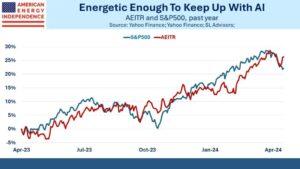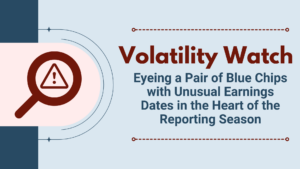The stock and options markets are where smart people take money from dumb people.
One of the easiest ways to do that is in the bid/ask spread, which is part of every security trade.
Almost no one pays attention to spreads—the prices at which dealers sell and buy securities—except for professional investors, sophisticated amateurs, and regulators. Even fewer people discuss them, which is perhaps the strongest reason that you should become better acquainted with the subject.
If you don’t, you are essentially giving money to dealers and more-sophisticated investors. The amount could vary from a small amount to thousands of dollars, depending on the size of the trade.
The subject is esoteric, but we are addressing it because so many readers have expressed dismay when encountering wide spreads in the options market.
First, let’s define terms. All securities have a bid and ask price that is set by dealers who make markets.
The most actively traded options—such as those on popular stocks and exchange-traded funds—almost always have penny-wide spreads. This means that call X can be sold for, say, 99 cents or bought for $1. The tightness of the market reflects many factors, including the ease with which dealers can hedge risk, implied volatility, and trading volumes.
Beyond the top 100 or so most popular options and stocks, spreads widen. A call or put could trade at $1 to $1.10, or worse.
Consider a call option that has a $100 strike price on a stock that is trading just above $100 with a minute or so left until expiration. The bid/offer spread on the option is required to be at least as great as that on the underlying stock, even though the value of the option is much less, says Thomas Peterffy, chairman of Interactive Brokers.
“Having to pay this spread is a substantial tax on option investors,” he says.
Think of displayed prices as the financial equivalent of an advertisement. Always try to get the best price.
Brokers use sophisticated technologies—and order-flow relationships with dealers—to minimize the bid/ask tax. But investors should do more than rely on best-execution technologies that their brokers use to try to fill customer orders at the best price.
Here’s how: Try to avoid paying the bid or ask on securities that are more than a penny wide. Focus on trading at prices that are as close to the middle of the bid/ask spread as possible.
Imagine that call X is bid at $1 and offered at $1.10. The midmarket price is $1.05.
Dealers think of the midmarket price as representing the fair value of the option. They want you to trade at higher prices so they can rake in more money.
Having a plan to contend with spreads is only part of the strategy. The other critical step is using limit orders—which let investors specify the prices at which they want to buy or sell—and avoiding market orders, which give dealers control of those prices.
To sell the call at the best possible price in the above example, enter a limit order for a portion of the total trade at $1.04. If you want to buy at the best price, enter the limit order at $1.06. You can try to trade at $1.05, but the dealers are likely to move prices around to avoid trading at fair value.
“Try to figure out where the real market is,” says JJ Kinahan, the CEO of IG North America, which owns Tastytrade, a brokerage firm. “Start with fair value and see what happens if you don’t get filled. Go up and down. Start with one contract and go up a penny if you’re trying to buy.”
—
Originally Posted March 9, 2023 – Here’s How to Lower Your Trading Fees When Trading Options
Steven M. Sears is the president and chief operating officer of Options Solutions, a specialized asset-management firm. Neither he nor the firm has a position in the options or underlying securities mentioned in this column.
Disclosure: Interactive Brokers
Information posted on IBKR Campus that is provided by third-parties does NOT constitute a recommendation that you should contract for the services of that third party. Third-party participants who contribute to IBKR Campus are independent of Interactive Brokers and Interactive Brokers does not make any representations or warranties concerning the services offered, their past or future performance, or the accuracy of the information provided by the third party. Past performance is no guarantee of future results.
This material is from Barron's and is being posted with its permission. The views expressed in this material are solely those of the author and/or Barron's and Interactive Brokers is not endorsing or recommending any investment or trading discussed in the material. This material is not and should not be construed as an offer to buy or sell any security. It should not be construed as research or investment advice or a recommendation to buy, sell or hold any security or commodity. This material does not and is not intended to take into account the particular financial conditions, investment objectives or requirements of individual customers. Before acting on this material, you should consider whether it is suitable for your particular circumstances and, as necessary, seek professional advice.
Disclosure: Options Trading
Options involve risk and are not suitable for all investors. Multiple leg strategies, including spreads, will incur multiple commission charges. For more information read the "Characteristics and Risks of Standardized Options" also known as the options disclosure document (ODD) or visit ibkr.com/occ










![[Gamma] Scalping Please [Gamma] Scalping Please](https://ibkrcampus.com/wp-content/smush-webp/2024/04/tir-featured-8-700x394.jpg.webp)
![[Gamma] Scalping Please [Gamma] Scalping Please](https://ibkrcampus.com/wp-content/uploads/2024/04/tir-featured-8-700x394.jpg)














